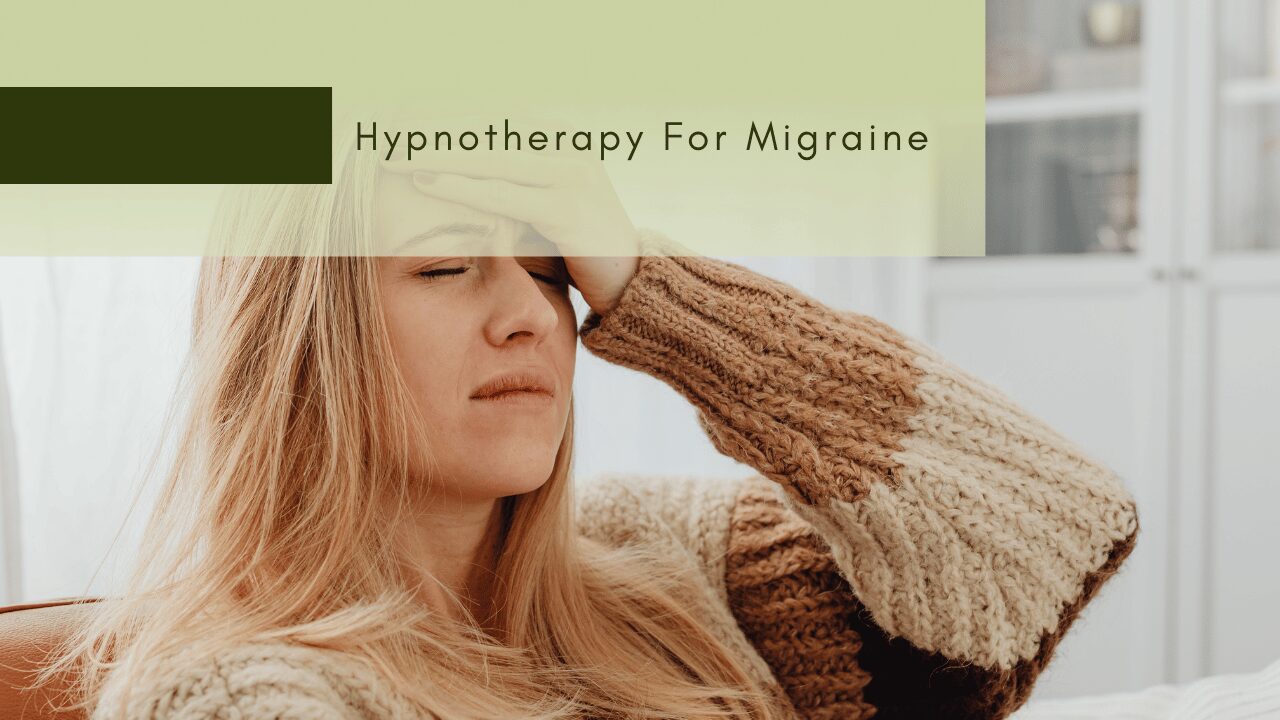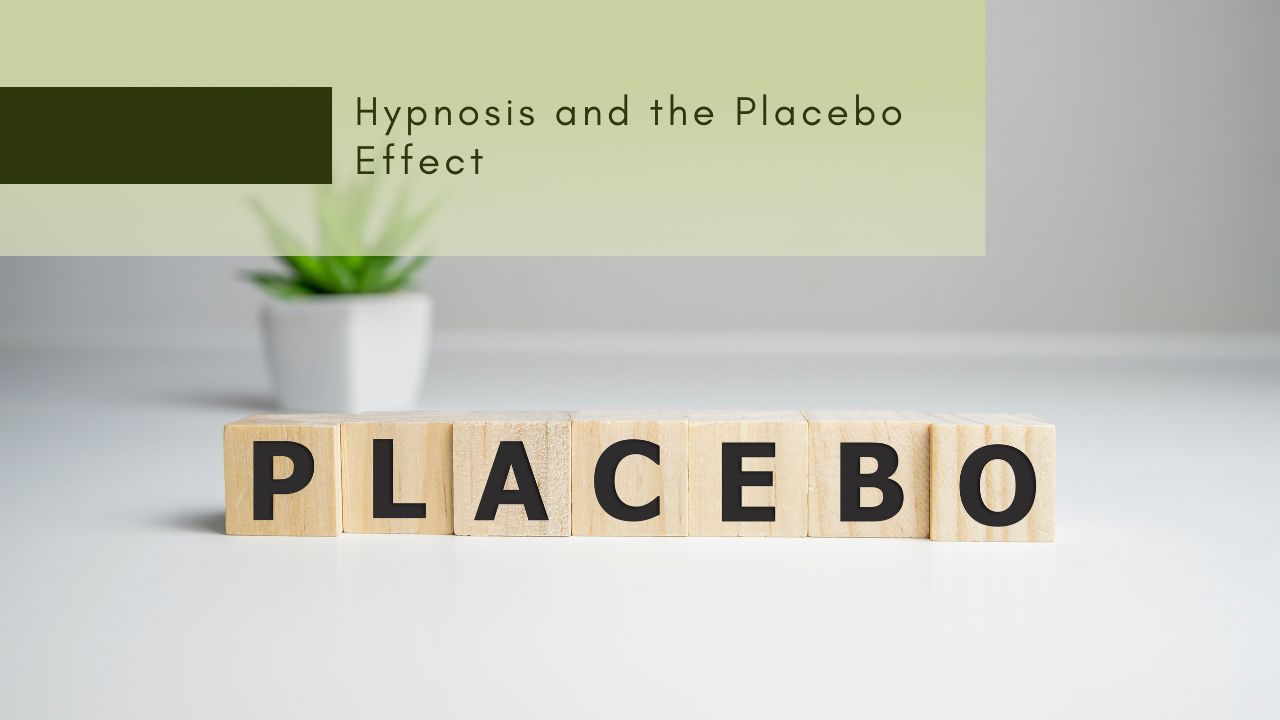Hypnotherapy for migraines: Fad or friend? Unmask the truth about this alternative therapy and discover if it could be your migraine-busting superpower.
What is a Migraine, and How Does it Impact Daily Life?
A migraine is a type of headache characterized by recurrent, throbbing pain, usually on one side of the head. Migraines are often accompanied by other symptoms, such as nausea, vomiting, and sensitivity to light and sound. They can be severe and disabling, significantly impacting daily life for those who experience them.
Here are key features of migraines and their impact on daily life:
-
Pain Characteristics:
- Migraine pain is typically moderate to severe and has a pulsating or throbbing quality. It often affects one side of the head but can involve both sides. The pain can be aggravated by physical activity and is often worsened by exposure to light or noise.
-
Aura Symptoms:
- Some individuals experience “aura” before the onset of a migraine, which involves visual disturbances (such as flashing lights or blind spots), sensory changes, or difficulty speaking. Not all migraine sufferers experience aura.
-
Duration:
- Migraine attacks can last anywhere from a few hours to several days. The duration and frequency of migraines vary among individuals. Some people experience migraines infrequently, while others may have them more regularly.
-
Frequency:
- Migraines can be episodic or chronic. Episodic migraines occur less frequently, while chronic migraines involve headaches on 15 or more days per month, with at least eight days being migraines.
-
Triggers:
- Migraines can be triggered by various factors, including stress, hormonal changes, certain foods or drinks, lack of sleep, environmental factors, and sensory stimuli. Identifying and managing triggers is an important aspect of migraine management.
-
Impact on Daily Activities:
- Migraines can significantly impact daily life. During a migraine attack, individuals often find it challenging to perform routine activities such as working, studying, or taking care of daily responsibilities. The pain and associated symptoms can lead to a need for rest and isolation.
-
Sensitivity to Stimuli:
- Sensitivity to light (photophobia), sound (phonophobia), and smells is common during a migraine attack. Exposure to these stimuli can intensify the pain and discomfort, making it difficult for individuals to engage in regular activities.
-
Nausea and Vomiting:
- Nausea and vomiting are common symptoms of migraines. These symptoms can further contribute to the overall debilitation during an attack and may require individuals to rest in a quiet, dark room.
-
Impact on Mental Health:
- The chronic nature of migraines and the unpredictability of attacks can take a toll on mental health. Individuals may experience anxiety, depression, or feelings of frustration and helplessness due to the impact of migraines on their daily lives.
-
Work and Social Impact:
- Migraines can affect one’s ability to attend work or social events regularly. The need for frequent rest and potential disruption to daily routines may lead to challenges in maintaining consistent work or social engagements.
-
Treatment and Management:
- Treatment approaches for migraines may include lifestyle modifications, identifying and avoiding triggers, medications for acute attacks or prevention, and stress management techniques. Some individuals find relief through complementary therapies such as biofeedback, acupuncture, or relaxation exercises.
How Can Hypnotherapy be Used as a Potential Treatment for Migraines?
Hypnotherapy can be used as a potential treatment for migraines by addressing various factors, including stress, triggers, and pain perception. While the exact mechanisms are not fully understood, hypnotherapy has shown promise in reducing the frequency, intensity, and duration of migraines for some individuals. Here are ways in which hypnotherapy may be applied as a treatment for migraines:
-
Stress Reduction:
- Hypnotherapy can help individuals achieve a deep state of relaxation, reducing overall stress levels. Since stress is a common trigger for migraines, managing stress through hypnotherapy may contribute to a decrease in the frequency and severity of migraine attacks.
-
Identifying and Managing Triggers:
- Hypnotherapy sessions can focus on identifying and managing migraine triggers. By exploring subconscious thoughts and associations, individuals may gain insights into specific triggers and learn coping strategies to avoid or mitigate their impact.
-
Pain Perception and Management:
- Hypnotherapy can influence the perception of pain. Individuals may learn techniques to alter their response to pain, making it more manageable during a migraine attack. This may involve suggestions for pain relief, relaxation, and visualization.
-
Relaxation Techniques:
- Hypnotherapy often incorporates relaxation techniques, such as guided imagery, deep breathing, and progressive muscle relaxation. These techniques promote a state of calmness, potentially reducing the likelihood of migraine onset or mitigating its intensity.
-
Mindfulness and Awareness:
- Hypnotherapy can enhance mindfulness and awareness, helping individuals become more attuned to their body’s signals and potential early signs of a migraine. Increased awareness may empower individuals to take proactive measures to prevent or alleviate migraines.
-
Changing Negative Thought Patterns:
- Negative thought patterns and beliefs about migraines can contribute to their persistence. Hypnotherapy can assist individuals in changing these patterns, replacing them with positive and empowering thoughts that support better migraine management.
-
hypnotherapy for improving Sleep Quality:
- Hypnotherapy may address sleep-related issues, which can be both a trigger and a consequence of migraines. Improving sleep quality through hypnotherapy can positively impact overall well-being and contribute to migraine prevention.
-
Establishing a Relaxation Response:
- Hypnotherapy can help individuals establish a relaxation response that can be triggered during potential migraine triggers or at the onset of symptoms. This response may counteract the physiological and emotional components of migraines.
-
Customization to Individual Needs:
- Hypnotherapy sessions are tailored to individual needs. A qualified hypnotherapist will work with the person experiencing migraines to understand their specific triggers, symptoms, and goals, ensuring that the sessions address their unique circumstances.
It’s important to note that while hypnotherapy can be effective for some individuals, it may not work for everyone, and results can vary. Additionally, hypnotherapy is often most effective when used as part of a comprehensive approach to migraine management, which may include lifestyle modifications, medication, and other therapeutic interventions.
What Hypnotherapy Techniques can Provide Relief from Migraine Symptoms?
Hypnotherapy techniques for providing relief from migraine symptoms often focus on addressing stress, triggers, pain perception, and relaxation. Here are some common hypnotherapy techniques that may be employed to alleviate migraine symptoms:
-
Progressive Muscle Relaxation (PMR):
- PMR is a technique where individuals systematically tense and then release different muscle groups, promoting overall relaxation. This can help reduce physical tension associated with migraines and contribute to a sense of calmness.
-
Guided Imagery and Visualization:
- Guided imagery involves creating mental images to evoke a state of relaxation and well-being. In the context of migraines, individuals may visualize soothing scenes, such as a peaceful beach or a serene garden, to redirect focus away from pain and stress.
-
Suggestion and Affirmation:
- Hypnotherapy often involves the use of positive suggestions and affirmations to instill empowering beliefs. Suggestions for pain relief, relaxation, and confidence can be tailored to address migraine symptoms and associated stressors.
-
Changing Pain Perception:
- Hypnotherapy can work on changing the perception of pain by altering the way individuals interpret and respond to pain signals. This may involve suggesting that the intensity of pain decreases or that the individual is better able to manage and cope with discomfort.
-
Trigger Identification and Management:
- Hypnotherapy sessions may focus on identifying and managing migraine triggers. By exploring subconscious thoughts and associations, individuals can gain insights into specific triggers and develop strategies to avoid or cope with them.
-
Coping Strategies and Anchoring Techniques:
- Coping strategies and anchoring techniques involve creating mental associations or cues that trigger a desired response. For migraines, individuals may learn to anchor a state of relaxation or pain relief, which can be activated during or before the onset of symptoms.
-
Mindfulness and Body Scan:
- Mindfulness techniques, including body scan exercises, promote awareness of sensations in the body. This heightened awareness can help individuals recognize early signs of a migraine, allowing for proactive intervention and relaxation.
-
Deep Breathing Exercises:
- Deep breathing is a simple yet effective technique to induce relaxation. Hypnotherapy may involve teaching individuals specific deep breathing exercises to use during migraines, promoting a calm and centered state.
-
Time Distortion Techniques:
- Hypnotherapy can explore perceptions of time and challenge the sense of time urgency often associated with migraines. Altering the perception of time can contribute to a more relaxed and less pressured experience during a migraine episode.
-
Post-Hypnotic Suggestions:
- Post-hypnotic suggestions involve implanting specific instructions during hypnosis that can be activated after the session. For migraines, this could include suggestions for rapid pain relief or the ability to manage symptoms effectively.
How Effective is Hypnotherapy in Reducing the Frequency and Severity of Migraine Attacks?
The effectiveness of hypnotherapy in reducing the frequency and severity of migraine attacks can vary among individuals. While some people may experience significant relief and improvement, others may find it less effective. It’s essential to approach hypnotherapy as one component of a comprehensive migraine management plan, and individual results depend on various factors.
Are there Any Case Studies Demonstrating the Success of Hypnotherapy for Migraine Management?
While there is some evidence supporting the potential effectiveness of hypnotherapy for migraine management, specific case studies demonstrating success are limited. Research on hypnotherapy for migraines is still an evolving area, and more rigorous studies are needed to establish its efficacy conclusively.
However, a few studies have provided insights into the positive impact of hypnotherapy on migraine frequency, severity, and associated symptoms. It’s important to note that individual responses to hypnotherapy can vary, and success stories should be interpreted with consideration for the unique circumstances of each person. Here are a couple of examples:
-
Study Published in the International Journal of Clinical and Experimental Hypnosis (2017):
- A study titled “The Use of Hypnosis in Migraine Treatment: A Pilot Study” was published in this journal. The study involved 24 participants who received hypnotherapy for migraines over a period of 12 weeks. The findings suggested that hypnotherapy was associated with a significant reduction in the frequency and intensity of migraines. Participants also reported improvements in mood and overall well-being.
-
Study Published in the International Journal of Clinical and Experimental Hypnosis (2007):
- Another study published in the same journal, titled “Clinical Hypnosis for the Alleviation of Migraines,” explored the use of hypnotherapy for migraines. The study involved 30 participants, and the results indicated a significant reduction in the frequency and duration of migraines following hypnotherapy sessions. The study concluded that hypnosis may be a valuable adjunctive treatment for migraine sufferers.
While these studies suggest potential benefits, it’s important to acknowledge the limitations, including small sample sizes and the need for more robust research. Moreover, case studies that provide in-depth analysis of individual success stories are not as prevalent in the current literature.




